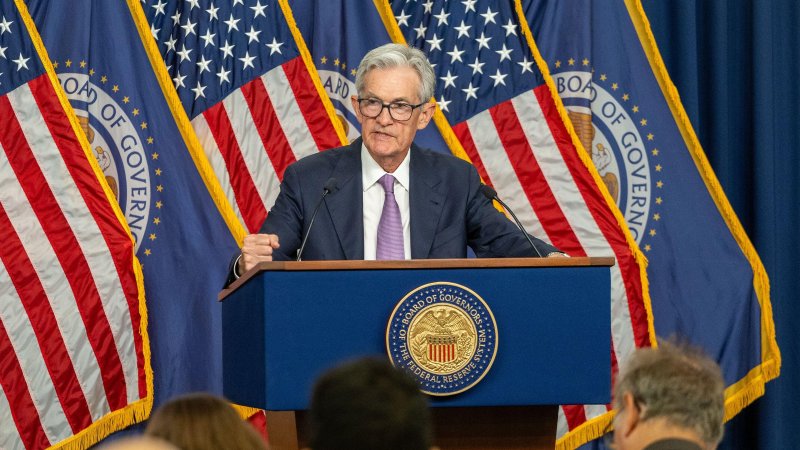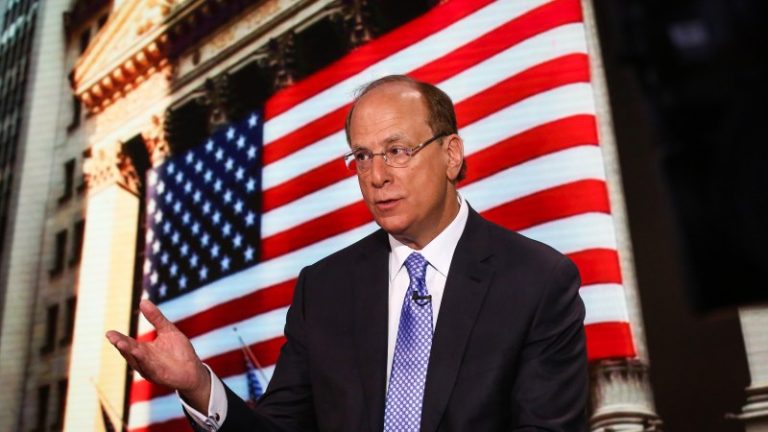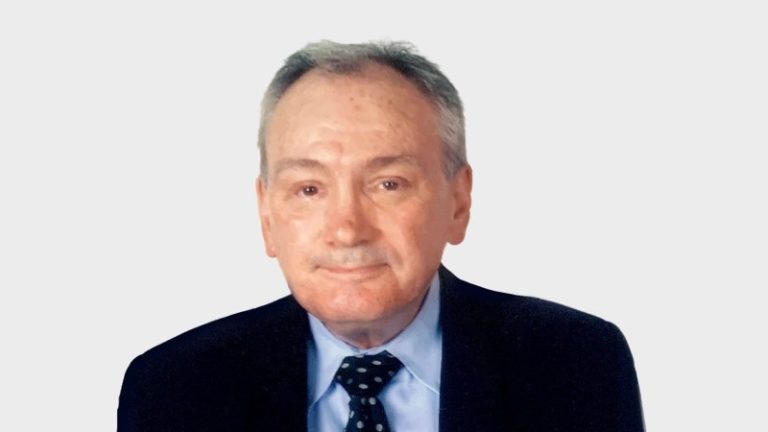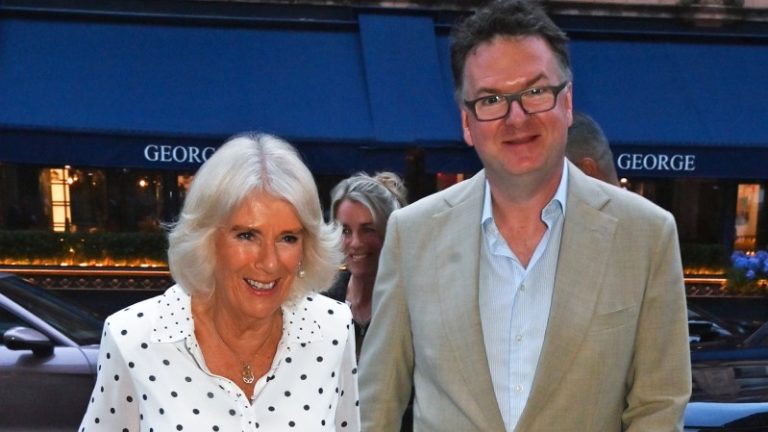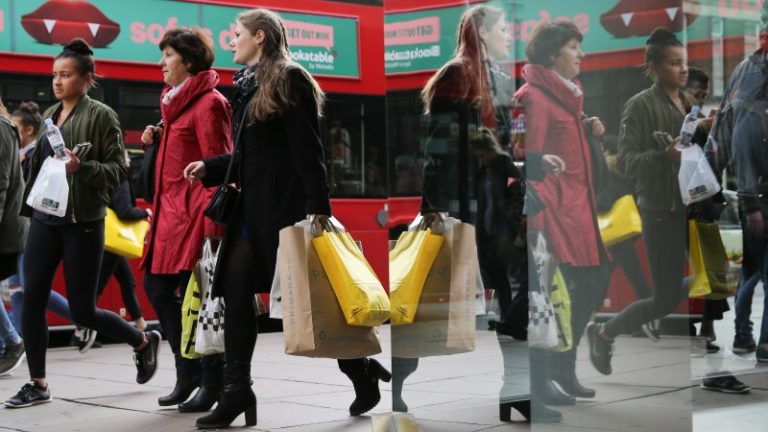Traders bet on another bumper interest rate cut by the Fed
Traders have increased their bets on the US Federal Reserve carrying out another bumper interest rate cut in November, in turn boosting wider hopes that there will not be a recession in the world’s largest economy.
Investors think there is a 53 per cent chance that the Fed will repeat its half-a-percentage-point cut to borrowing costs days after the US presidential election in November. Last week the central bank delivered a similarly outsized rate cut to kick off its monetary easing programme.
Stocks listed on the S&P 500 share index in New York hit a fresh record high this month amid optimism that the Fed’s aggressive moves signal the arrival of a “soft landing” for the economy, rather than heralding the beginning of a recession.
Outsized rate cuts of more than a quarter-point are usually associated with economic emergencies, such as the pandemic, or downturns that force ratesetters to try to stimulate economic activity. Since 1987 every rate cut of half a percentage point from the Fed has been followed by a recession, according to figures from UBS.
Investors think the Fed’s action will buck that trend, with rate cuts supporting a strong economy and a labour market that is slowing but hasn’t crashed.
“If you can get the combination of more rate cuts without a downturn, that’s a very successful combination historically,” Henry Allen, macro strategist at Deutsche Bank, said. “There are few data points that actually suggest [a recession is] on the cards right now.”
The Fed’s first rate cut compared with quarter-point trims carried out by the Bank of England and the European Central Bank earlier in the summer. The ECB eased its policy again this month, with the Bank choosing to hold rates steady at 5 per cent last week.
Analysts at Bank of America said they expected the Fed to carry out another half-point cut at its next meeting on November 7, two days after the presidential election, to take the Fed funds rate to a range of 4.25 per cent to 4.5 per cent. However, they warned that such aggressive moves risked keeping inflation elevated.
“With US growth somewhat above potential, a strong consumer, the stock market at record highs and inflation still above target, it is hard to justify starting an easing cycle as if a recession was imminent,” Claudio Irigoyen, global economist at Bank of America, said. “Unless the Fed is seeing something that we are missing, a more aggressive easing cycle could make reaching the 2 per cent inflation target harder, considering uncertainty ahead, including the aftermath of US elections.”
Economists have said that the Fed’s present easing cycle resembles that of 1995, when Alan Greenspan, the central bank’s chairman at the time, cut rates amid worrying signs of a slowing labour market, restoring monetary policy to a “neutral” level where rates were neither constraining growth nor promoting high inflation.
“After raising rates to a deliberately restrictive setting, central banks now want to deliver a soft landing by trimming monetary policy back to neutral — 1995 is the textbook example of how this can be done and is the template for Jerome Powell today,” Dario Perkins, managing director at TS Lombard, said.
Last week Powell said the neutral rate in the United States was “probably significantly higher” than before the pandemic, remarks that suggest rates will not fall back down to the historic lows close to 0 per cent reached after the financial crisis.
Jennifer McKeown, chief global economist at Capital Economics, said that eventually interest rates would settle at 2.5 per cent in the eurozone, 3 per cent in the UK and at a range of 3 per cent to 3.25 per cent in America.
